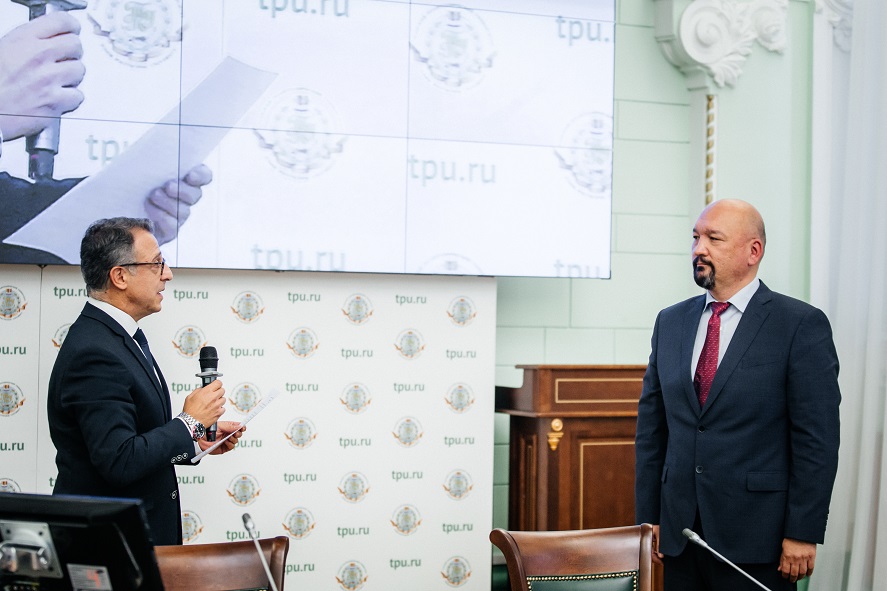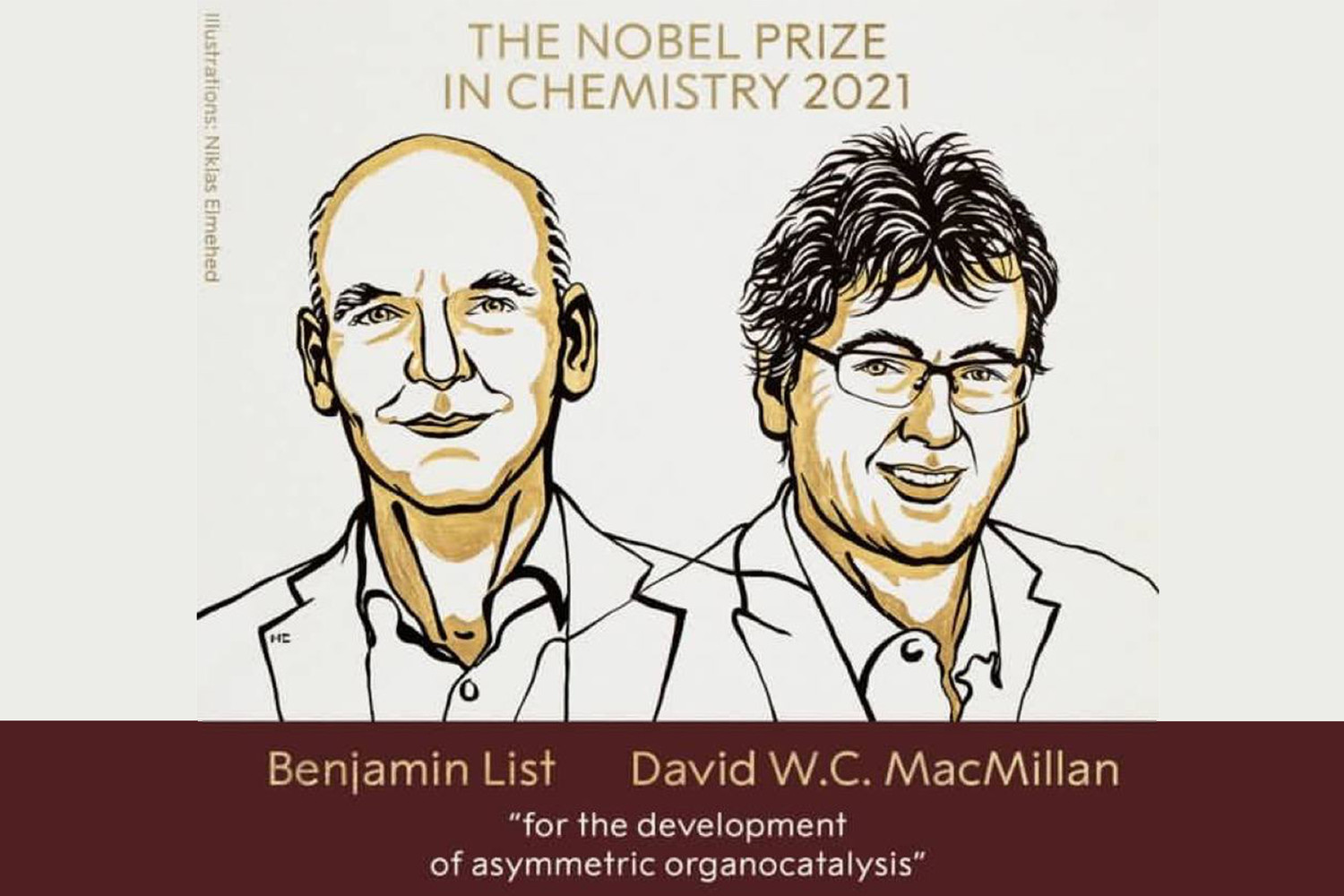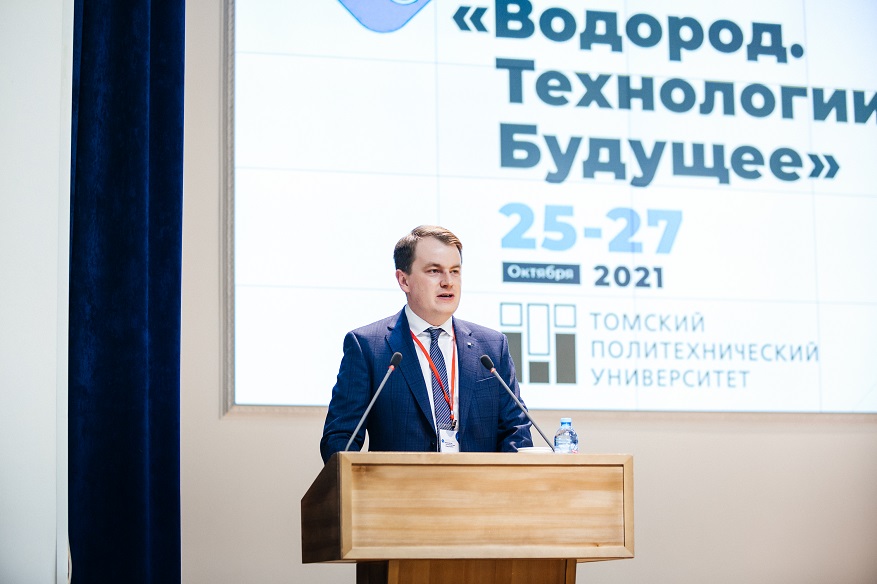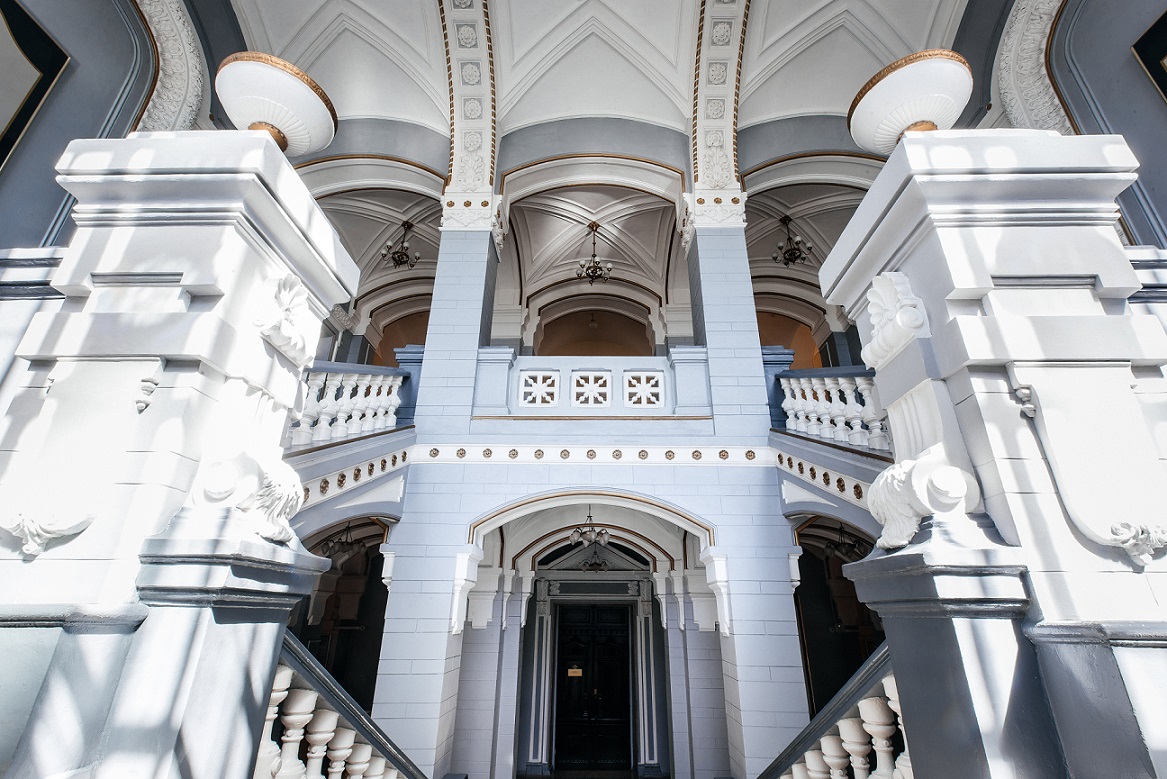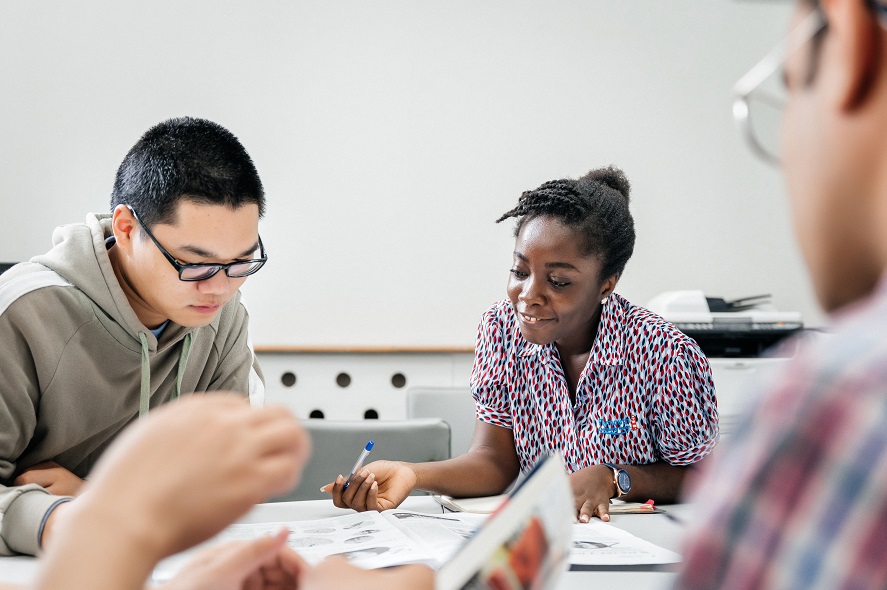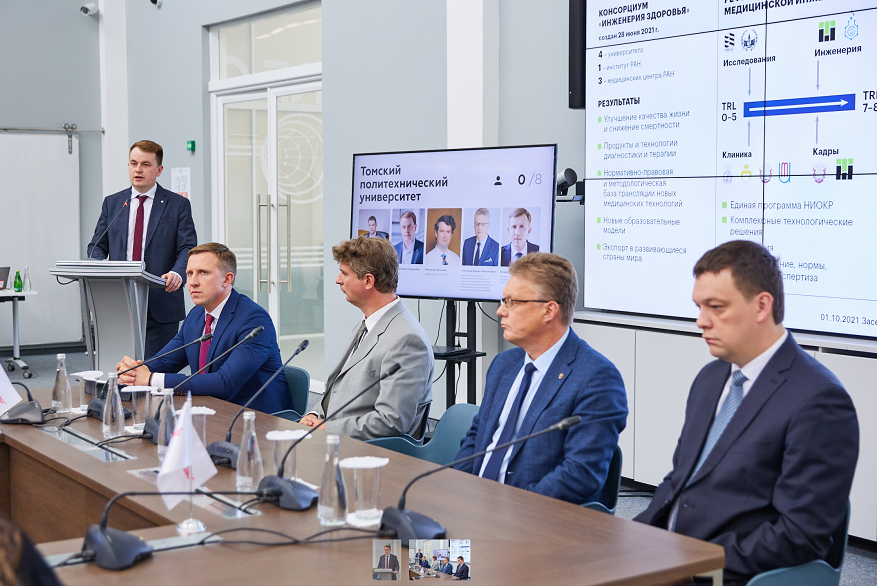Vladimir An, Professor of the Kizhner Research Center of the TPU School of Advanced Manufacturing Technologies, has been conferred the Ordre des Palmes académiques (Order of Academic Palms), the oldest French decoration that is conferred on civilians only.
Abdo Malac, Counsellor on Science and Technologies at the Embassy of the French Republic to the Russian Federation, conferred Vladimir on October 11.
The conference was held during the visit of the delegation of science attachés and counsellors on science and education of European countries headed by Laurent Bochereau, Minister-Counsellor and Head of Science and Technology and Other EU Policies Section of the Delegation of the European Union to Russian Federation. They met with university researchers actively cooperating with European colleagues, discussed promising research projects in biomedicine, the energy industry and green chemistry, as well as solutions to expand and strengthen the cooperation of Russian and European researchers.
In his welcome address, Laurent Bochereau emphasized the TPU professor’s contribution to cooperation development and strengthening of international research and academic contacts. He also thanked Vladimir An for the achieved results: jointly implemented projects, research articles, student training and young scientists.
The Ordre des Palmes académiques was established in March 1808 by Emperor Napoleon as a decoration to honour academicians and professors of the University of Paris. The Ordre des Palmes académiques has three grades: Commandeur (Commander), Officier (Officer), Chevalier (Knight). The decorations are conferred by the decision of the Minister of National Education.
The decoration is designed to distinguish the merits of staff of French ministers who are responsible for national and higher education. According to an offer of the Minister for Europe and Foreign Affairs of France, the order can be conferred on both French citizens living abroad and international residents who make an effective contribution to intellectual, research and cultural expansion of France in overseas countries. The Prime Minister of France affirms the candidate who will be conferred.
France is one of the main TPU European partners in research cooperation. Within agreements, TPU cooperates with 16 research and academic institutions, among which are Université Bourgogne Franche-Comté, the University of Bordeaux, the University of Technology of Troyes, the University of Orléans and others.
The TPU Professor Vladimir An became a Chevalier of the Ordre des Palmes académiques. For over 20 years, Vladimir has been developing and supervising research areas of cooperation between French research and academic institutions and TPU. These are double degree programs, travel grants for young scientists, internships of TPU students at French universities.
Recently, the TPU master’s degree student Maxim Titov has successfully defended his thesis under the professor’s supervision at Paris Sciences et Lettres University (PSL University). Maxim became the first participant of the planned network program between TPU and PSL University, which will allow TPU students to obtain two diplomas at the same time. Among the research interests of the scientist, there are properties and application of nanopowders, green energy and the hydrogen economy.
“I am grateful to the Government of France for that they found an opportunity to distinguish my work in this field. I am also grateful to my TPU colleagues with whom we work together in the development of international educational programs. A special gratitude I would like to express to Svetlana Tovchikho, the first Director of the TPU Russia-France Center. She was that person who brought me up to date, helped me to start and successfully continue the development of international relations. Moreover, I am grateful to the university for its approach to the development of educational connections. I hope that such decorations will serve to recognize the important role of TPU in the development of Russia-France educational contacts,” Vladimir An said.




